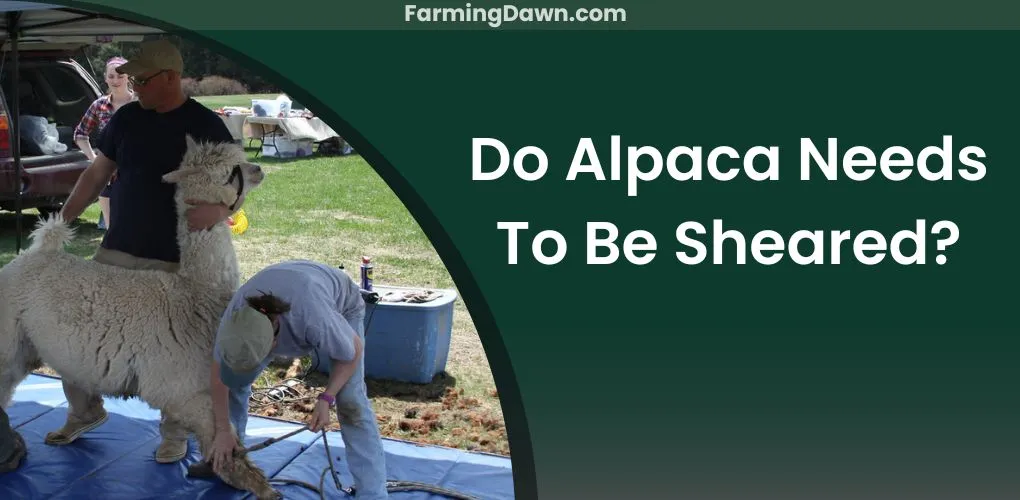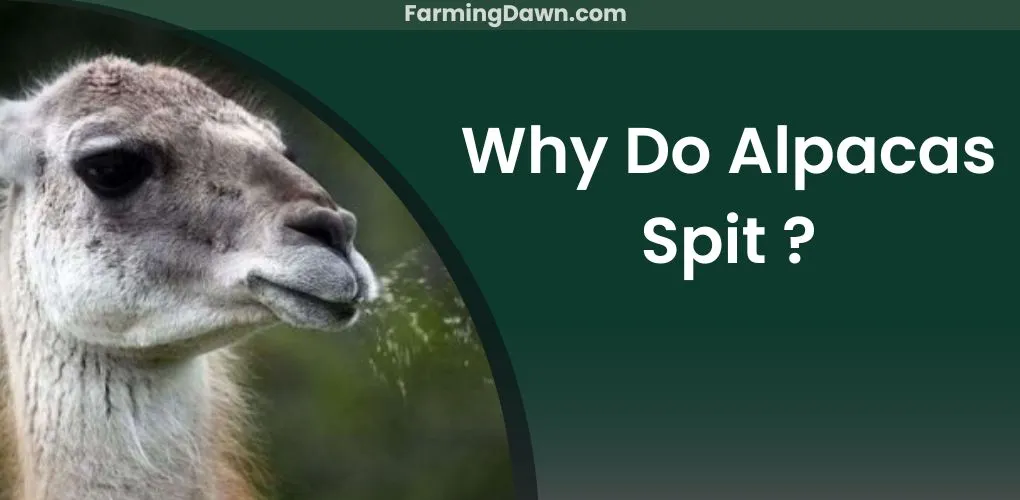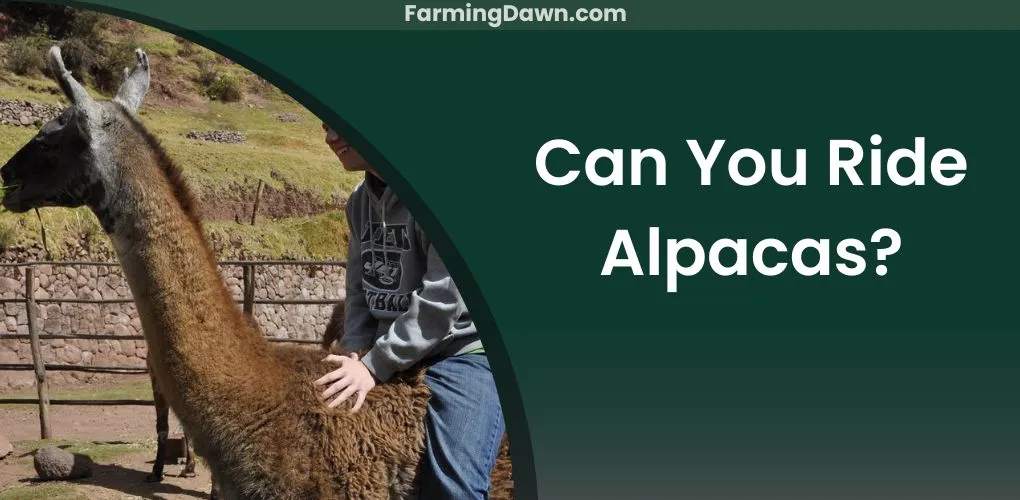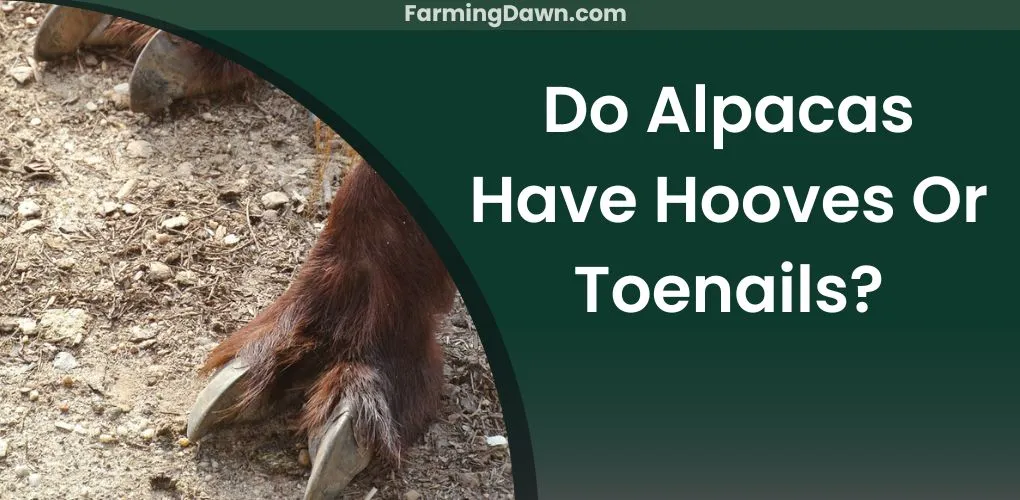Alpaca shearing has been taking place for centuries now, yet few people know much about it outside of South America where these animals originate from. But why should you care about such an obscure topic? Well, alpacas provide us with luxurious fibers that keep us warm during cold winter months while protecting us from UV rays during summer days. By learning more about this process we gain awareness and appreciation for something so essential to life on earth that many times go unnoticed.
Benefits Of Alpaca Shearing
Shearing alpacas is a beneficial process for both alpaca farmers and their animals. Not only does it provide an opportunity to produce quality wool, but also helps keep the animal healthy and comfortable. The main purpose of shearing an alpaca is to remove its thick coat before the warmer seasons arrive, as they cannot regulate their body temperature without it.
If the alpaca is not sheared, it would be detrimental to the health of the animal during the summer months. Alpaca fleece sheering can even promote growth and improve fiber quality in later years by allowing more light onto the skin and reducing heat stress in warm weather. Also, having an experienced professional perform this task ensures that all layers are removed properly and no harm comes to either the farmer or the animal.
Alpaca coat shearing may sound intimidating at first, however, when done right provides great benefits for everyone involved; from cleaner coats and healthier animals on one end to lovely soft wool products on the other end. All-in-all, it’s a win-win situation!
Do Alpacas Need To Be Sheared?
As we discussed previously, alpaca shearing offers many benefits to both the animal and its owner. But do alpacas need to be sheared? The answer is yes. Alpacas’ coats naturally grow throughout the year and can become quite long and heavy if they aren’t regularly groomed. This can cause problems with excess heat in warm climates and make it difficult for them to move freely.
Shearing helps keep alpaca coats healthy by removing dead hair and preventing tangles from forming. Alpaca fleece must also be shorn once a year for optimal quality of the material produced. When done correctly, this process does not harm the animals at all but rather allows for an even distribution of fibers which results in a much softer texture when spun into yarn or fabric.
Also, regular alpaca hair shearing encourages the thicker growth of new hairs while keeping existing ones clean and free from dirt and debris that could lead to skin irritation or infection down the line. So as you can see, there are numerous advantages to having your alpaca professionally shear its coat regularly – both physically and aesthetically!
You can shear n alpaca but can you milk an alpaca? If you’re planning to raise these fantastic creatures on your farm. Be sure to know everything about them.
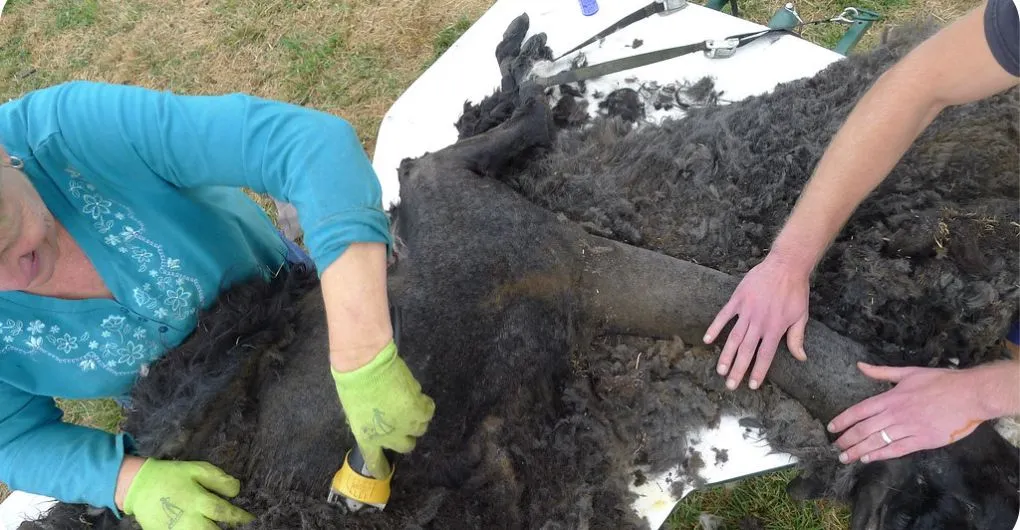
Is Alpaca Shearing Cruel?
Alpacas are smart animals, with their luxurious fur and soft fleece. But what lies beneath this stunning exterior? Is alpaca shearing a humane practice? No, alpaca shearing is not a humane practice, and it is not cruel. Let’s take a closer look:
- Alpacas feel no pain when their hair or fur is removed.
- They have minimal stress levels during the process.
- The entire process takes less than 10 minutes.
- Professional handlers are trained to ensure the safety of both humans and animals involved.
- Sheared wool regrows naturally over time.
Alpaca shearing can be done ethically – but it all depends on who does it. By choosing professional handlers with experience and expertise in pruning these gentle creatures’ coats, farmers can ensure that their animals remain healthy and comfortable throughout the process.
Plus, by investing in quality equipment such as electric clippers made specifically for alpacas, they’ll help reduce any potential discomfort even further. In short, if done correctly, alpaca shearing isn’t cruel at all – rather it’s beneficial to both the animal and farmer alike!
How Often Do You Shear Alpacas?
No doubt the topic of alpaca shearing raises important questions. After all, if done improperly, it can be a cruel and painful process for these gentle animals. So how often should you do this?
The frequency of alpaca shearing depends on the region and climate where the herd lives. In most cases, most herds need to have their fleece removed at least once per year – usually at the end of winter or the beginning of spring. This ensures that the animal stays comfortable during warmer months by preventing their wool from becoming too long and heavy. It also helps maintain sufficient airflow around the skin so pest infestations are less likely.
In milder climates with lower amounts of precipitation, some farmers opt to only shear every two years instead – although this practice requires extra care to ensure the animals’ welfare throughout each season.
Alpaca Shearing Dos And Don’t
As you embark on a journey of alpaca shaving, there are some dos and don’ts you should know before clipping your first alpaca hair or trimming its luxurious fleece coat.
Dos
When it comes to shearing alpacas, proper preparation is key to success. Before beginning your task, be sure that:
- All equipment is clean and sterilized.
- The clippers must have sharp blades so as not to cause discomfort during shaving.
- Once everything is ready, it’s time to take stock of the animal itself – check if they are healthy enough for shearing by looking at its physical condition such as body temperature and posture, as well as any signs of infection or illness.
Don’t’s
Keep the following things in mind:
- Never rush through the process, but instead move slowly and calmly around your alpacas. This will help them calm down. And if you don’t do this, the animal might become nervous and spit at you. Alpaca spit is a sign that the livestock is irritated by your presence.
- Do not use dull or counterproductive equipment or shearers.
- Don’t forget to use protective gloves and glasses.
- Don’t forget to lubricate the blades before shearing.
How To Shear An Alpaca?
Now that you’ve got a handle on the dos and don’ts of alpaca shearing, it’s time to get down to business. Here are some tips on how to properly shear an alpaca:
1) Start by brushing out the animal’s fleece. This will make it easier for you to identify any knots or mats in their fur which may need extra attention during the cutting process. Make sure not to hurt them while doing this!
2) When trimming the coat, use sharp shears and cut with caution as close as possible to the skin without actually nicking it. You’ll want to avoid going too far into the undercoat if at all possible. Trim around areas such as eyes, ears, nose, feet, and tail carefully – always be aware of where your blades are so you don’t accidentally nick these sensitive areas.
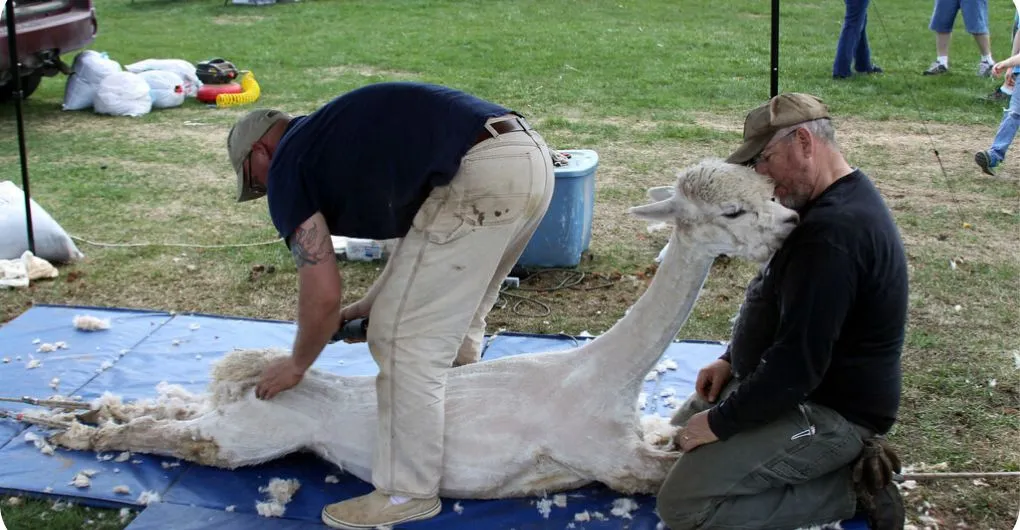
3) If there are any matted spots or knots in their fur, try using a combing blade instead of scissors; this should help reduce pulling and tugging on their fur which can cause discomfort or injury. Be careful not to go too deep when combing out tangles as this could also result in cuts and scrapes.
4) Once you’ve finished cutting off all the excess hair from your alpaca, it’s important to finish up by scouring its fleece before storing it away for later use. Scouring helps ensure that there won’t be any debris left behind after clipping which can lead to mold growth over time. It also makes spinning wool much easier! To do this correctly, take care not to agitate or damage the fiber as much as possible – gentle is better than rough here!
Are you all done? Congratulations! Now that you’ve safely trimmed your alpaca’s coat according to best practices, enjoy watching them prance around happily post-shear – they know they look good now!
Aftercare For Alpacas Post-Shearing
After shearing an alpaca, it’s important to give them proper aftercare. Alpacas need extra care and attention when their fleece is removed! To ensure that they remain healthy and happy, you should groom your alpaca regularly. This includes brushing the coat with a soft brush or combing out any knots in the wool.
Also, clipping alpaca nails helps keep them comfortable and prevents injury from sharp claws. And lastly, it’s important to remove all leftover fleece from around the neck, legs, nose, and tail area of the alpaca immediately after shearing them as these areas can become hot spots if left unattended.
You should also provide adequate nutrition for your alpaca post-shearing; this ensures that they stay strong and healthy during their regrowth period. Feeding high-quality hay, pasture grasses, grains, and legumes will help support the regrowth of new fiber while providing necessary nutrients for overall health.
Also, make sure your alpaca has access to clean water at all times so it can stay hydrated throughout its growth process.
What To Do With Alpaca Fleece After Shearing?
Now that you’ve taken good care of your alpacas post-shearing, what do you do with the fleece? There are a few options you can consider.
First off, thinning is an easy way to reduce the amount of wool from each alpaca and create more uniform fleeces. This involves simply taking scissors and snipping away any longer or thicker strands to even out the texture and weight of the product.
If thinning doesn’t produce enough results for you, mowing may be something to look into. It’s similar to trimming hair on humans—it helps remove excess fibers without cutting too much length off the coat.
Eventually, when it comes time to shear again in one year (and two if they’re pregnant), there’s always wool trimming as well. Trimming removes all but 1-2 inches of the coat so that future growth will have plenty of room to grow back in nicely.
Why Alpaca Fleece Is So Valuable?
Alpaca fleece has been valued for millennia; its softness, strength, and warmth make it one of the finest natural fibers. Alpacas have a unique coat that’s not only valuable in terms of what you can do with it—it can be spun into yarn, woven into blankets or even used to create clothing—but also because of the sheer amount of care required to keep them healthy.
The act of raking, clipping, and pruning an alpaca’s hair is no easy task – experienced professionals are usually needed to complete this delicate job properly. This makes alpaca fleece so valuable – understanding how much work goes into creating these products gives people a sense of connection to the craftsmanship involved in producing such fine items.
Professional Versus DIY Shearing
Now that we’ve established why alpaca fleece is so valuable, it’s time to discuss the process of shearing. This can be done professionally or by DIYers.
Professional Shearing |
DIY Shearing |
| Professional shearers are highly skilled and experienced workers who have been trained in the art of removing wool from an alpaca without causing any harm or distress. They use specialized tools such as sharp clippers to cut off the dense fabric of fur that covers the animal’s body. | On the other hand, individuals who pursue a DIY approach must familiarize themselves with the proper technique before attempting to shave their animals; otherwise, they may cause injury and discomfort for both themselves and their alpacas. |
When considering whether to hire a professional versus doing it yourself, weigh your skill level against potential cost savings and convenience factors. If you’re new to this endeavor, chances are hiring someone else might be worth the investment.
Alpaca Shearing: Take Away
Alpaca shearing is an important part of caring for these animals. Not only does it help keep them healthy and comfortable, but you can also benefit from the fleece they produce! Ultimately, it’s up to us, as alpaca owners, to take on this responsibility with diligence and care. By doing so we can reap the rewards our furry friends offer while still keeping them safe and happy – which should always be our priority.

